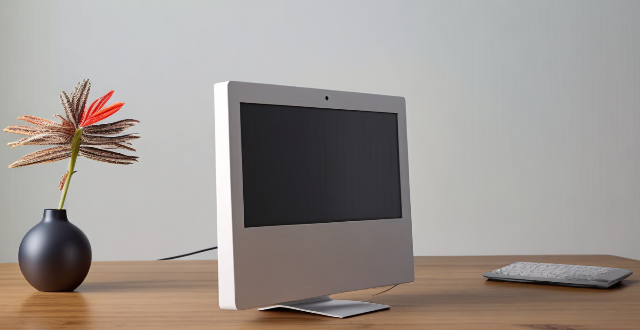Curved computer monitors offer enhanced immersion and aesthetic appeal but may have limited viewing angles and higher costs. Flat monitors provide wider viewing angles, consistent image quality, and are generally more cost-effective. The choice between curved and flat monitors depends on personal preference and intended use.

Are Curved Computer Monitors Better Than Flat Ones?
Curved computer monitors have become increasingly popular in recent years, offering a unique visual experience compared to traditional flat screens. However, whether curved monitors are "better" than flat ones largely depends on personal preference and the intended use case. Below, we explore the advantages and disadvantages of each type to help you decide which is best suited for your needs.
Advantages of Curved Monitors
Enhanced Immersion
- Improved Field of View: Curved screens extend the viewing area slightly beyond the edges of the display, providing a more immersive experience, especially in video games and panoramic videos.
- Depth Perception: The curvature can create an illusion of depth, making images appear more three-dimensional.
Aesthetic Appeal
- Modern Design: The sleek, curved design offers a modern look that many find aesthetically pleasing.
- Reduced Light Glare: Some users report that curved screens reduce glare from overhead lights or windows.
Disadvantages of Curved Monitors
Limited Viewing Angles
- Narrow Optimal Viewing Area: While curved monitors offer a wider field of view, they often have a narrower sweet spot for optimal viewing. This means you may need to sit directly in front of the monitor to fully enjoy the benefits.
- Distortion at Edges: When viewed from certain angles, content near the edges can appear distorted or less sharp.
Practical Considerations
- Cost: Curved monitors typically cost more than their flat counterparts.
- Compatibility Issues: Not all software or games are designed to take full advantage of curved displays, which can lead to compatibility issues or suboptimal experiences.
Advantages of Flat Monitors
Wider Viewing Angles
- Ideal for Multitasking: Flat monitors generally provide a wider viewing angle, making them better for multitasking and sharing screen content with others.
- Consistent Image Quality: Since there's no curvature to consider, image quality remains consistent across the entire screen.
Cost-Effectiveness
- More Affordable: Flat monitors are usually less expensive than curved ones, making them a budget-friendly option.
- Wide Availability: With a larger market share, flat monitors come in a broader range of sizes and specifications.
Disadvantages of Flat Monitors
Less Immersive Experience
- Limited to Planar Content: Without the added dimensionality of curved screens, flat monitors may not provide as immersive an experience for certain applications like gaming or watching movies.
- Traditional Look: Compared to curved monitors, flat screens might appear less modern or innovative.
In conclusion, both curved and flat monitors have their pros and cons. If you prioritize immersion and aesthetics, a curved monitor could be a great choice. However, if you value consistent image quality and cost-effectiveness, a flat monitor might be more suitable for your needs. The decision ultimately depends on your personal preferences and how you intend to use the monitor.